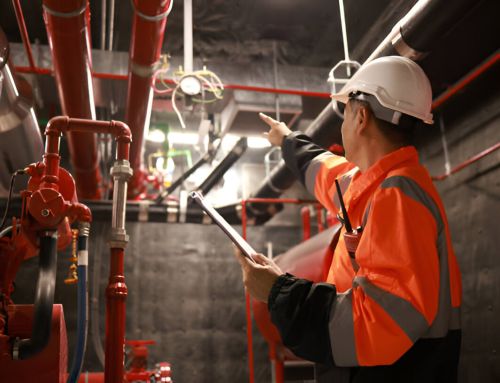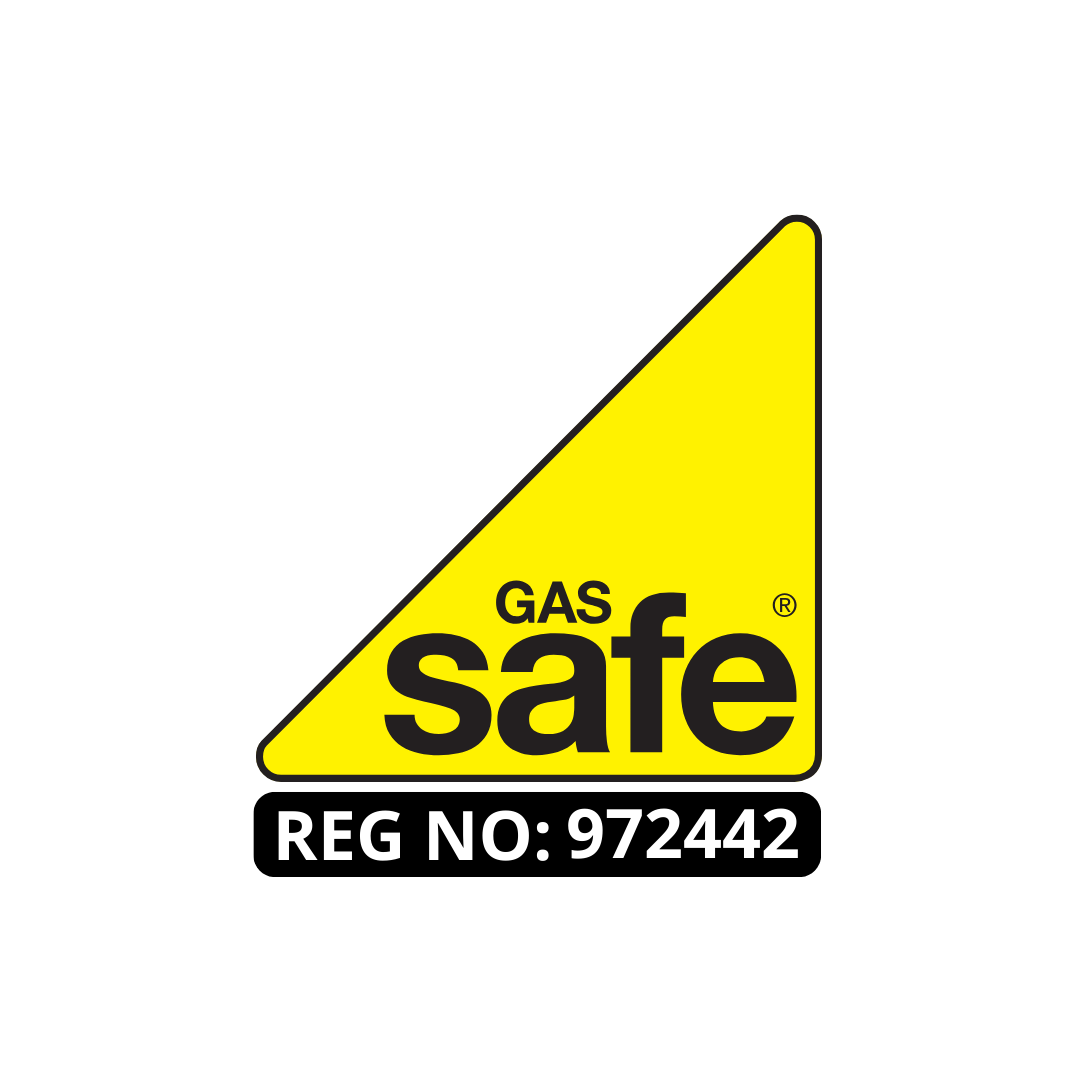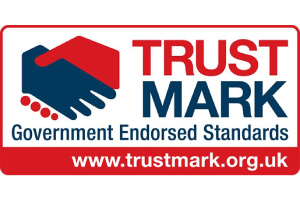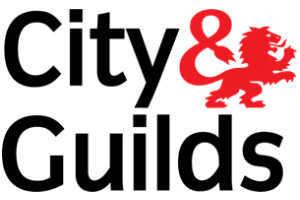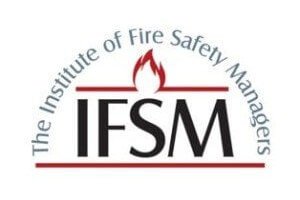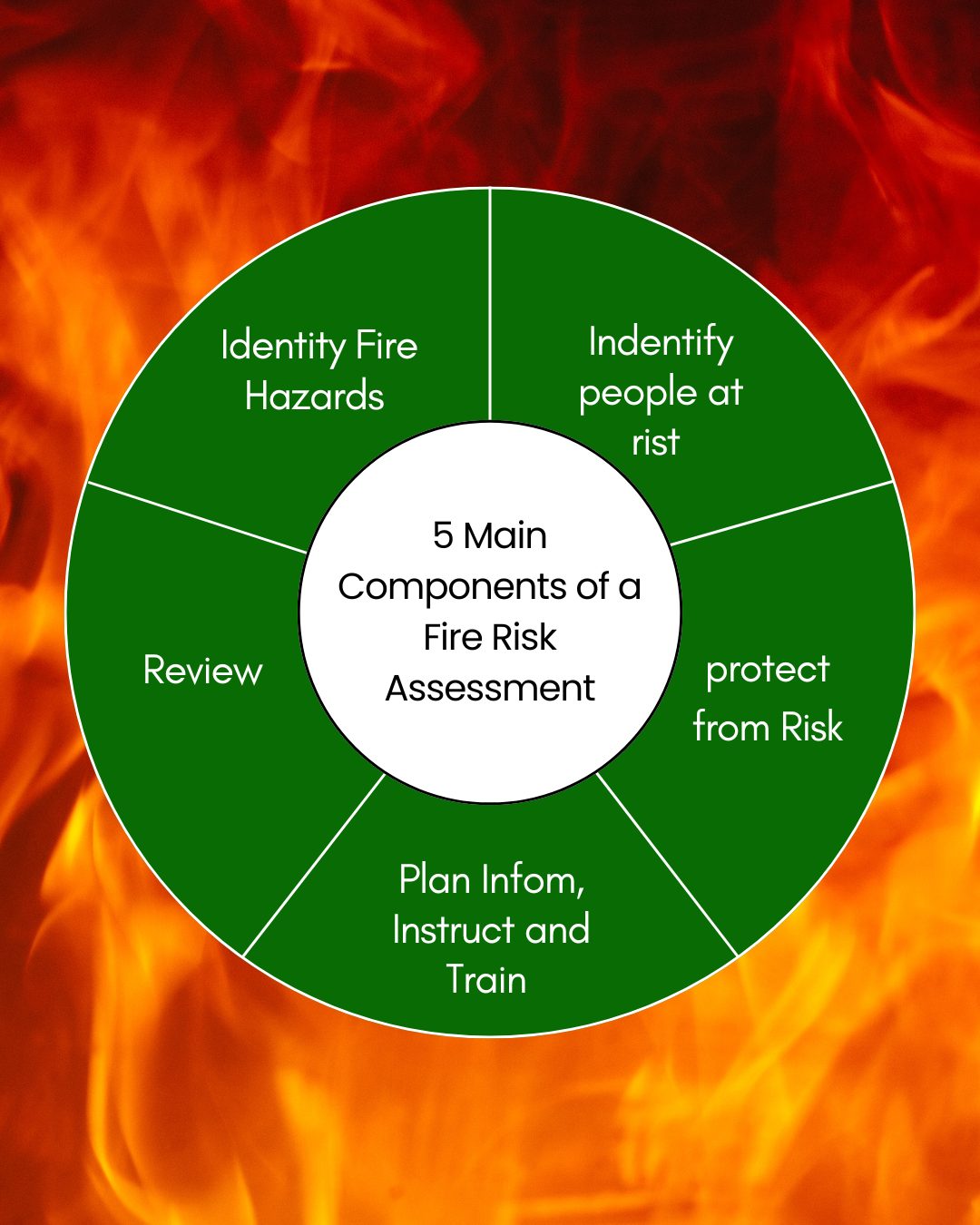
Conducting a fire risk assessment is critical for ensuring the safety of both property and lives. It encompasses five main components: the identification of fire hazards, pinpointing of individuals at risk, evaluation of the existing risks, documentation of the findings, and the regular review of safety measures.
Each step is integral, requiring thorough analysis and precise action to mitigate potential fire threats effectively. As we explore these components, consider how they interlink to form a robust defense against fire incidents and why neglecting any single aspect could potentially undermine the entire safety framework. Let’s explore What Are the 5 Main Components of a Fire Risk Assessment?
Identifying Fire Hazards
Identifying fire hazards is the foundational step in any comprehensive fire risk assessment. This process begins with meticulously evaluating all potential ignition sources within the premises, such as electrical equipment, heaters, cooking devices, and areas where smoking occurs. Each source must be scrutinized for its condition and operational safety to address faults that could lead to fires preemptively.
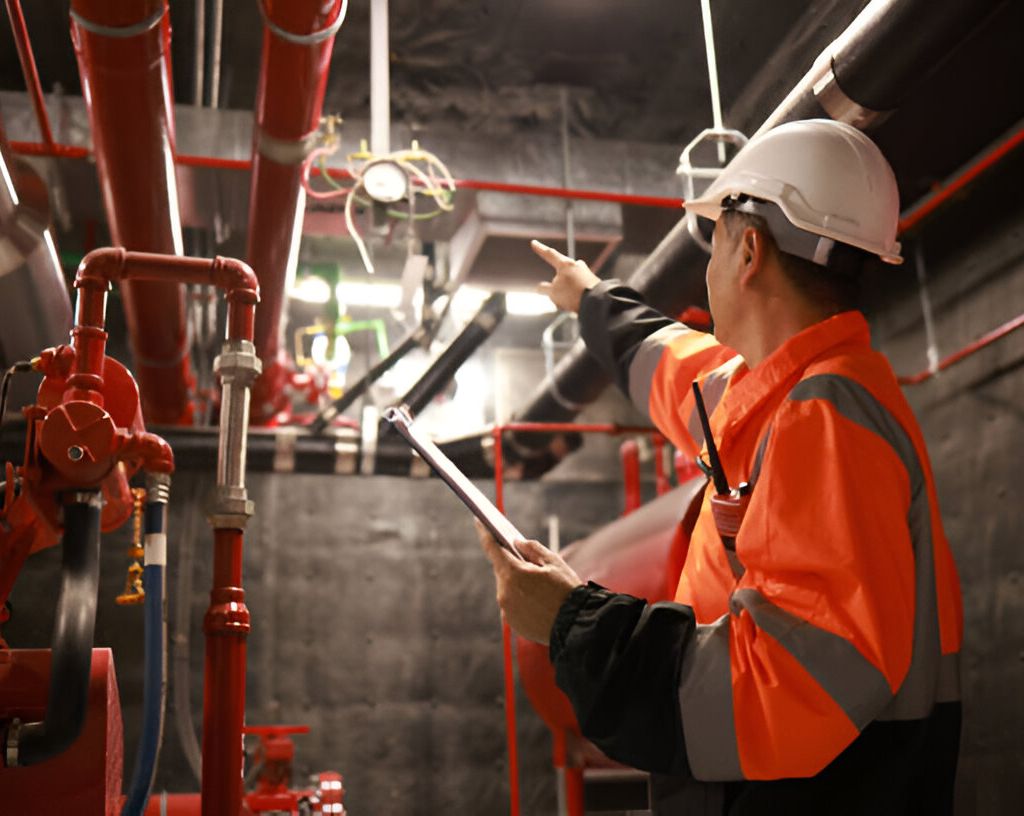
Simultaneously, the assessment requires a thorough inspection of available combustible materials. These include, but are not limited to, flammable liquids, packaging materials, furniture, and accumulated rubbish. The spatial arrangement and storage of these materials play a critical role in mitigating the risk they pose. Ensuring adequate separation between ignition sources and combustible materials is imperative to prevent the occurrence of fires.
Documentation of all identified hazards is essential. This record-keeping should be detailed, categorizing each hazard concerning its nature, location, and the potential severity of a fire it could cause.
This documentation not only aids in subsequent risk mitigation strategies but also serves as a vital reference for future assessments, enhancing the precision and effectiveness of ongoing fire safety practices.
Identifying People at Risk
In the process of fire risk assessment, after identifying potential fire hazards, attention must be turned to determining the individuals who may be at risk in the event of a fire. This stage requires a meticulous analysis of the demographics and behaviors of people who frequent the premises.

Identifying at-risk individuals is critical to tailoring emergency response procedures that adequately protect everyone, especially the most vulnerable.
Here are key considerations:
- Daily Occupants: Identify all regular occupants such as employees, staff, and long-term visitors. Their daily presence increases their risk exposure.
- Physical and Sensory Impairments: Consider individuals with disabilities—those who require mobility aids, have sensory impairments, or have other health conditions that may complicate evacuation.
- Occasional Visitors: Factor in the risk for people who are unfamiliar with the building layout, including clients, contractors, and other temporary visitors.
- Working Hours: Assess variations in occupancy during different times of the day or night, and how this affects evacuation strategies.
- Special Needs: Identify those with special needs, including pregnant women, elderly persons, and children, who might require additional assistance during an emergency.
Each group’s specific needs and risks must be documented to ensure that the fire safety plan is comprehensive and effective.
Evaluate and Reduce Risks
After assessing the potential fire hazards and identifying those at risk, it is crucial to systematically evaluate and mitigate these risks to prevent fire incidents and ensure safety. This process involves a critical evaluation of each identified hazard and the existing control measures. The likelihood of each hazard leading to a fire and the potential impact of such an event are meticulously analyzed. This step is pivotal in determining the severity of each risk, which guides the prioritization of mitigation actions.
Subsequently, strategies to minimize these risks must be devised and implemented. This may include the installation of more robust fire detection systems, enhancing fire suppression capabilities, or altering the layout and use of space to reduce the proximity of ignition sources to combustible materials. Additionally, regular maintenance of electrical equipment and the safe storage of flammable substances are crucial measures.
Moreover, the effectiveness of existing fire safety measures is rigorously reviewed. Where gaps are identified, corrective actions are formulated to fortify the fire safety framework. This might involve revising evacuation procedures, improving signage, or training designated personnel to handle fire emergencies more effectively. Each action taken must align with the ultimate goal of risk minimization.
Record Findings and Training
Having established strategies to mitigate identified fire risks, it is imperative to meticulously document these findings along with any actions taken.
This thorough documentation serves not only as a record of compliance with safety regulations but also as a critical resource for training and educating all personnel involved in the premises. The documentation should be precise and accessible to ensure that every stakeholder understands their roles and responsibilities in maintaining fire safety standards.
To effectively capture and utilize these records, consider the following:
- Detailed Recording of Identified Hazards and Risks: Ensure that all potential fire hazards and their corresponding risk levels are systematically documented.
- Actions Taken for Risk Mitigation: Log all measures implemented to reduce or eliminate risks, including engineering controls and administrative adjustments.
- Emergency Response and Evacuation Procedures: Clearly outline these procedures to ensure they are understood and can be executed promptly.
- Fire Safety Training Sessions: Record details of all training provided to staff, including the date, content covered, and attendee list.
- Maintenance and Inspection Schedules: Keep a log of all fire safety equipment checks and maintenance activities to ensure they are performed regularly and recorded accurately.
This comprehensive approach to documentation and training not only enhances safety but also prepares the organization for any potential audits or inspections.
Regular Review and Update
Regular reviews and updates of the fire risk assessment are essential to maintaining the relevancy and effectiveness of fire safety measures within any organization. The dynamic nature of workplace environments, including changes in building layouts, personnel, or operational procedures, necessitates continual reassessment to ensure comprehensive safety management.
This process involves a systematic re-evaluation of all previously identified hazards and the effectiveness of existing control measures. It also requires the integration of any new risks that have emerged since the last assessment.

It is imperative to establish a scheduled review protocol, typically on an annual basis or following any significant alteration to the premises or working practices. This structured approach ensures that no aspect of the fire risk assessment becomes outdated or non-compliant with current fire safety regulations and standards.
Moreover, each review provides an opportunity to refine emergency response strategies and update training programs, thus enhancing overall preparedness and safety awareness among staff.
Updates to the fire risk assessment should be meticulously documented and communicated to all stakeholders, including employees, to foster an environment of continuous safety improvement.
This proactive engagement not only reinforces the importance of compliance but also cultivates a culture of safety that permeates every level of the organization.
Importance of Assessments
While often underestimated, the importance of fire risk assessments cannot be overstated, as they are fundamental to ensuring the safety and well-being of everyone within a facility.
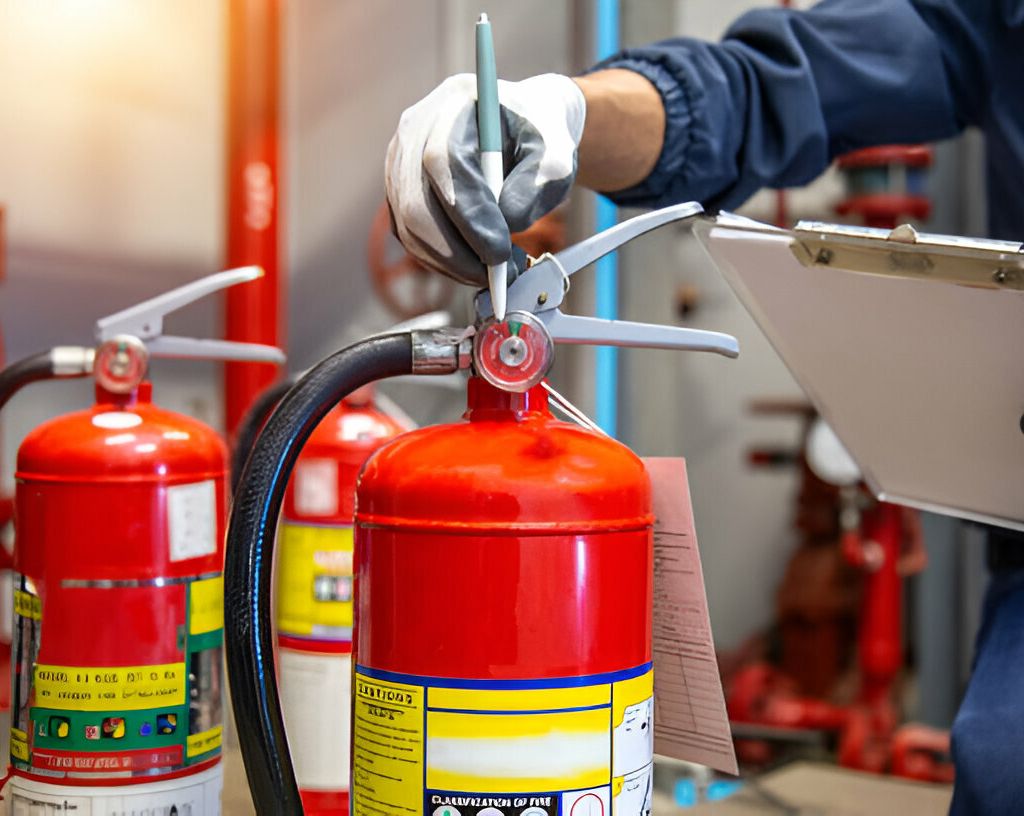
These assessments act as a proactive measure to identify potential fire hazards and implement strategies to mitigate these risks effectively. The careful evaluation of a facility’s fire safety measures not only protects property but also preserves life, making these assessments an indispensable part of operational management.
Key reasons to prioritize fire risk assessments include:
- Preventive Action: Identification and mitigation of potential fire hazards before incidents occur.
- Regulatory Compliance: Ensuring adherence to fire safety laws and regulations to avoid legal repercussions.
- Safety Culture Promotion: Encouraging a workplace environment that prioritizes safety and risk management.
- Resource Preservation: Protecting assets from damage caused by fire, thereby safeguarding investments.
- Liability Reduction: Minimizing the risk of costly lawsuits and insurance claims following fire incidents.
Thorough fire risk assessments are not merely a regulatory formality; they are a critical business practice that underpins the safety framework of every facility.
Steps for Risk Assessment
Conducting a fire risk assessment involves a systematic process that begins with the identification of all potential fire hazards within a facility. The second step involves identifying who might be harmed and how, including employees, visitors, and particularly vulnerable individuals. The third critical step is to evaluate the risks associated with identified hazards, and then decide on the preventative and protective measures necessary to mitigate these risks.
This methodical approach ensures a comprehensive assessment that addresses both the likelihood of a fire and its potential consequences, thereby ensuring robust fire safety management within the facility. The process not only identifies risks but also prioritizes them, allowing for effective allocation of resources to areas where they are most needed.
| Step | Key Focus |
|---|---|
| Identify Hazards | Sources of ignition and combustible materials |
| Evaluate Risks | Likelihood and impact of potential fires |
| Mitigate Risks | Implementing control measures and training |
The steps outlined to ensure a disciplined and thorough evaluation, are crucial for maintaining safety and compliance. Each step contributes to building a resilient safety culture, emphasizing proactive risk management.
Legal Framework and Guidelines
Establishing a solid legal framework is crucial for effective fire risk management, ensuring adherence to stringent safety standards and compliance with regulatory requirements.
This structure is not just a bureaucratic necessity but a foundational component that safeguards both property and life. Effective legal compliance provides a clear pathway for organizations to follow, ensuring that all aspects of fire safety are addressed comprehensively and systematically.
Key elements of the legal framework include:
- Legislation: Primary laws such as the Regulatory Reform (Fire Safety) Order 2005 (RRFSO) in the UK, or similar regulations in other jurisdictions, which outline the responsibilities of building owners and employers.
- Standards: Adoption of standards like ISO or NFPA codes that provide detailed guidelines on fire safety management practices.
- Local Codes: Enforcement of local building codes and fire safety codes that tailor requirements to specific regional risks and building types.
- Compliance Requirements: Detailed compliance requirements for fire risk assessments, emergency routes and exits, fire detection, and fighting equipment.
- Penalties and Enforcement: Clearly defined penalties for non-compliance and robust mechanisms for enforcement to ensure ongoing adherence to fire safety laws.
Adherence to these components ensures a methodical approach to fire risk management, significantly reducing potential risks and enhancing safety protocols.
Conclusion
In conclusion, a comprehensive fire risk assessment is crucial for ensuring safety and compliance with legal standards. By systematically addressing the identification of hazards and at-risk individuals, evaluating and mitigating risks, and documenting and training accordingly, organizations can effectively manage fire-related threats. Regular reviews and updates are vital to adapt to new conditions and maintain safety. These components, when executed diligently, constitute a robust framework for protecting life and property from fire hazards.
For more information and a quick quote, please visit our Fire Risk Assessment page.




